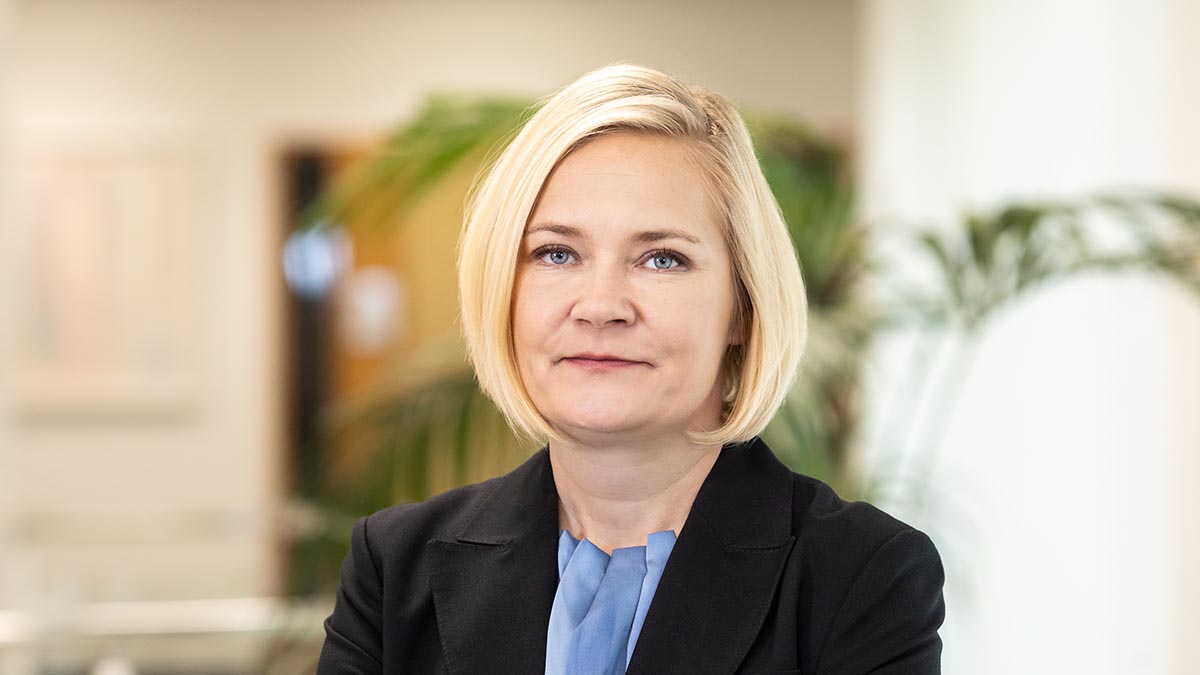
Europe’s largest CBRN reserve to be established in Finland

At the beginning of the year, Finland received substantial funding of EUR 242 million from the EU Commission for the establishment of a CBRN strategic reserve. Material will be stockpiled in the reserve in case of emergencies involving chemical, biological, radiological or nuclear (CBRN) threats, accidents and situations, especially in Northern and Eastern Europe, says Project Manager Tarja Rantala.
The protective equipment, measurement equipment, detectors, rapid tests and, for example, medicines and vaccines to be stockpiled are intended for use by both first responders and the civilian population. Pandemics are also being taken into account in the plans.
The project is being implemented by the Ministry of the Interior in cooperation with the Ministry of Social Affairs and Health, the Finnish Institute for Health and Welfare, the National Emergency Supply Agency and the Radiation and Nuclear Safety Authority. With the completion of the recruitment of almost 20 people in the spring, the project team took up preparations for the procurement of the material. The list of material to be stockpiled includes almost a hundred separate items, and detailed descriptions have been prepared for almost all of them for the competitive tendering of contracts.
While the first contract notices were published in the summer, some of the materials are expected to be in the stockpile in early 2024. The purchases are being coordinated by the Finnish Institute for Health and Welfare and the National Emergency Supply Agency, with the Ministry of Social Affairs and Health and the Radiation and Nuclear Safety Authority lending their expertise to the project.
When domestic resources are not enough
The strategic reserves to be established are part of the EU Civil Protection Mechanism, the heart of which is the EU Emergency Response Coordination Centre (ERCC) in Brussels. The ERCC coordinates requests for assistance from around the world, although it prioritises the EU Member States and countries in the vicinity.
The CBRN reserves are the latest addition to the rescEU ‘family’, the other capacities of which include wildfire extinguishing equipment, medical stockpiles and patient evacuations. These joint EU capacities are intended for preparedness for accidents that no country can fully respond to on its own with domestic resources.
The CBRN reserve to be established in Finland will naturally be available to Finland in the event of a major accident on Finnish soil. However, as a rule, each country must also prepare for accidents of this nature. In addition to the reserve being close at hand in case of an emergency, the establishment of the reserve will expand the expertise and preparedness of Finnish authorities in CBRN issues in many ways.
While similar reserves are being established in France, Poland and Croatia, Finland’s project is the largest and covers both protective equipment and medical materials, whereas the other countries will only stockpile either protective equipment or medical materials.
Ready to go within 12 hours
The large project has many dimensions, such as the preparation of purchases, agreeing on storage arrangements and arranging transportation to the target country. Since the material is intended for emergency assistance, which must be delivered quickly to wherever it is needed, the delivery process must also be carefully thought out in advance.
Once a request for assistance has been approved by the ERCC, Finland will activate measures leading to the collection of material from the stockpiles and making it ready for transport within 12 hours. To this end, the project is currently developing standardised procedures for different stages of the supply chain, the functionality of which will be tested several times in various exercises.
Establishing CBRN strategic reserves on this scale in Europe is, to a very large extent, a pilot project. Almost daily, the project team is faced with questions that have no ready answers. Answers and good practices are also sought through joint efforts between Member States and the European Commission.
The aim is to have preliminary guidelines in place by the end of 2023 on how the common EU strategic reserves will be managed, circulated and deployed after the end of the pilot phase in late 2026. The project to be carried out in Finland will provide groundbreaking knowledge and experience for the work.
Tarja Rantala
Project Manager
rescEU CBRN Reserve Project
@tarja_rantalaLink to an external website
The latest
 Press release
Press release
 Press release
Press release
 Press release
Press release
 Press release
Press release
 Press release
Press release


